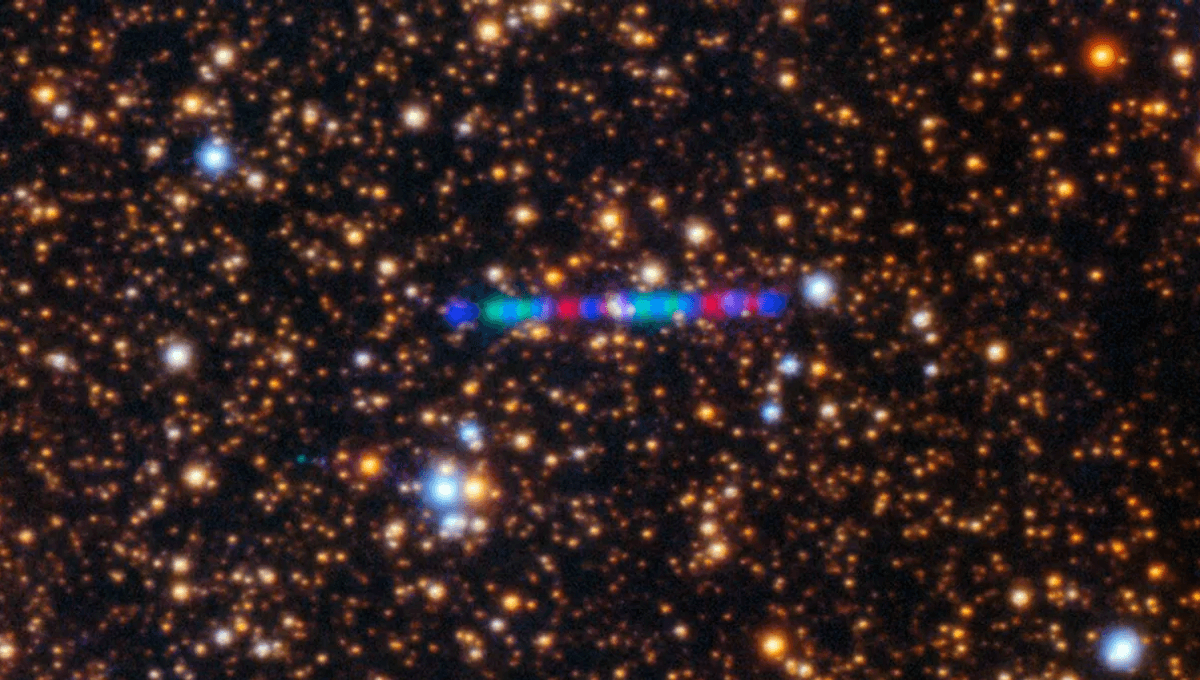Comet 3I/ATLAS is the third known interstellar object to cross the Solar System, and in a matter of days it will pass the central point in its foray around our corner of the universe. On October 29, the comet will reach 203 million kilometers (126 million miles) from the Sun. That is about 36 percent further than the average Earth-Sun distance.
The rest of this article is behind a paywall. Please sign in or subscribe to access the full content. The comet is not getting any closer than that, and following the perihelion – as the closest approach to the Sun is called – it will continue to speed up on its way out of the Solar System. The Sun is the closest star 3I/ATLAS has visited in at least 10 million years, maybe a lot longer, so the comet will speed away and get cooler and cooler. Before that happens, though, we will see the peak of activity for this object. We have already seen that this comet is particularly active. Observations from July to September have shown it losing buckets of water every second and over 180 kilograms' worth of dust (397 pounds). It has also displayed a peculiar anti-tail, growing as it came closer into the Solar System. We have had a lot fewer observations over the last month, because the comet is currently on the other side of the Sun with respect to Earth, so Earthbound observatories and some of the space ones can’t see it. It might have been caught by one of the Sun-monitoring satellites, GOES-19, but due to the US government shutdown, we haven't been able to confirm that. The European Space Agency (ESA) has managed to keep an eye on it over October. First, its orbiters spotted it as it got closest to Mars. The comet was 30 million kilometers (18 million miles) from the Red Planet, and this passage was recorded from orbit and possibly from the surface too. ESA has not finished with its plans for the comet. This week will see the peak of activity for the comet, and the JUICE mission – which is en route to Jupiter and its icy moons – will conduct the first of a pair of observations of the comet. The spacecraft won’t be very close to it, but it will be a lot closer than we are, and without the glare of the Sun in the way. While it’s true that the comet is going to be moving away from the Solar System starting Wednesday, it will take a while for it to become too dim for our telescopes. So, we still have things to look forward to. Top of the list will be the closest passage to Earth on December 19, with the comet about 269 million kilometers (167 million miles) from us. JWST and other observatories are scheduled to make new observations of 3I/ATLAS during December 2025, a really nice Christmas gift for astronomers.






